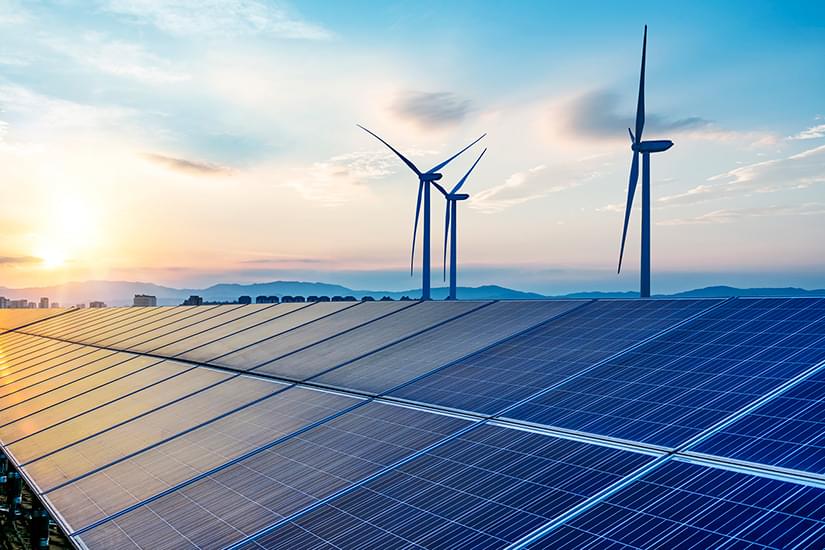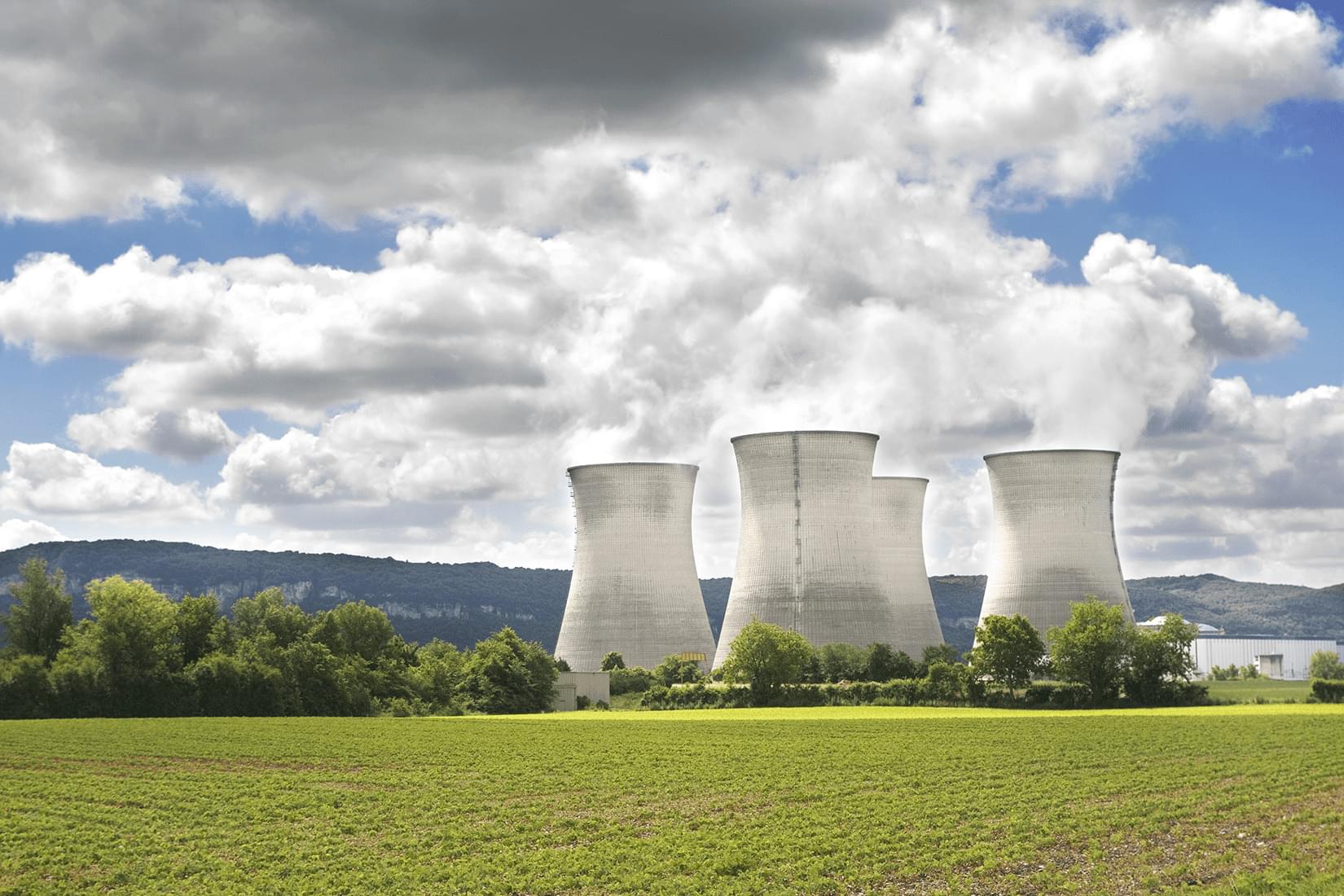The move alters the German constitution, allowing the country to increase its military spending.



IINA provides ongoing analysis of international affairs both by region—such as North America, China, and Europe—and by such topics as human security, nontraditional security threats, and cyber security. The articles on this site, written by experts at the Sasakawa Peace Foundation and guest contributors, are carefully selected for their objectivity, accuracy, timeliness, and relevance for Japan.

IINA provides ongoing analysis of international affairs both by region—such as North America, China, and Europe—and by such topics as human security, nontraditional security threats, and cyber security. The articles on this site, written by experts at the Sasakawa Peace Foundation and guest contributors, are carefully selected for their objectivity, accuracy, timeliness, and relevance for Japan.
IINA provides ongoing analysis of international affairs both by region—such as North America, China, and Europe—and by such topics as human security, nontraditional security threats, and cyber security. The articles on this site, written by experts at the Sasakawa Peace Foundation and guest contributors, are carefully selected for their objectivity, accuracy, timeliness, and relevance for Japan.

IINA provides ongoing analysis of international affairs both by region—such as North America, China, and Europe—and by such topics as human security, nontraditional security threats, and cyber security. The articles on this site, written by experts at the Sasakawa Peace Foundation and guest contributors, are carefully selected for their objectivity, accuracy, timeliness, and relevance for Japan.

IINA provides ongoing analysis of international affairs both by region—such as North America, China, and Europe—and by such topics as human security, nontraditional security threats, and cyber security. The articles on this site, written by experts at the Sasakawa Peace Foundation and guest contributors, are carefully selected for their objectivity, accuracy, timeliness, and relevance for Japan.

IINA provides ongoing analysis of international affairs both by region—such as North America, China, and Europe—and by such topics as human security, nontraditional security threats, and cyber security. The articles on this site, written by experts at the Sasakawa Peace Foundation and guest contributors, are carefully selected for their objectivity, accuracy, timeliness, and relevance for Japan.

IINA provides ongoing analysis of international affairs both by region—such as North America, China, and Europe—and by such topics as human security, nontraditional security threats, and cyber security. The articles on this site, written by experts at the Sasakawa Peace Foundation and guest contributors, are carefully selected for their objectivity, accuracy, timeliness, and relevance for Japan.
Forescout Research – Vedere Labs examines cyberattacks in Japan and gives risk mitigation guidance on OT security using best practices.
The bills also call for establishing an independent organization to supervise cyberdefense operations and file relevant reports to parliament.